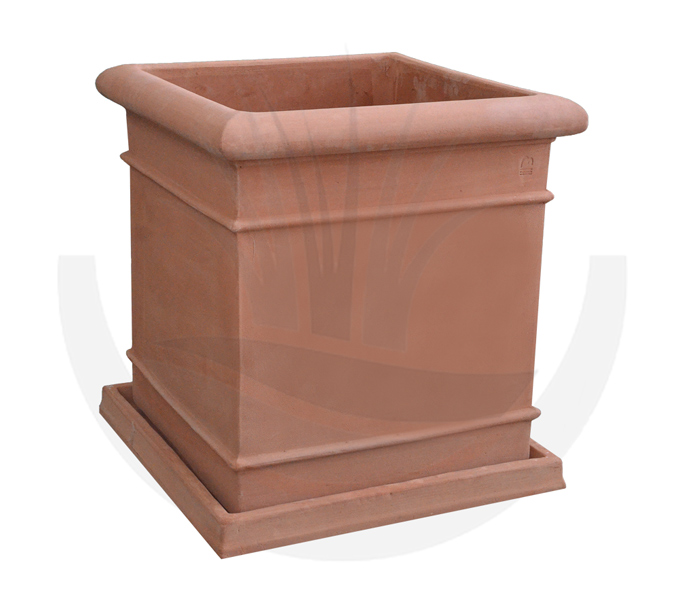
Sometimes, in the installation of greenery in public spaces, it is necessary to place a saucer under the pot to protect the ground from drainage water, which could cause stains and dirt. These plants, often large in size, naturally require equally large and heavy containers. In such cases, the risk of the saucer breaking is real, as the ground is unlikely to be perfectly level and fully adhere to the bottom of the saucer, inevitably leaving empty spaces. The combined weight of the plant, soil, pot, and irrigation water can easily exceed 100-200 kg or more, putting significant pressure on the terracotta slab of the saucer, which risks breaking due to the voids beneath it. Moreover, since the saucer is handmade, it is unlikely to be perfectly level, further increasing the chance of gaps forming between the saucer and the ground.
A situation like the one shown in the figure can easily occur.
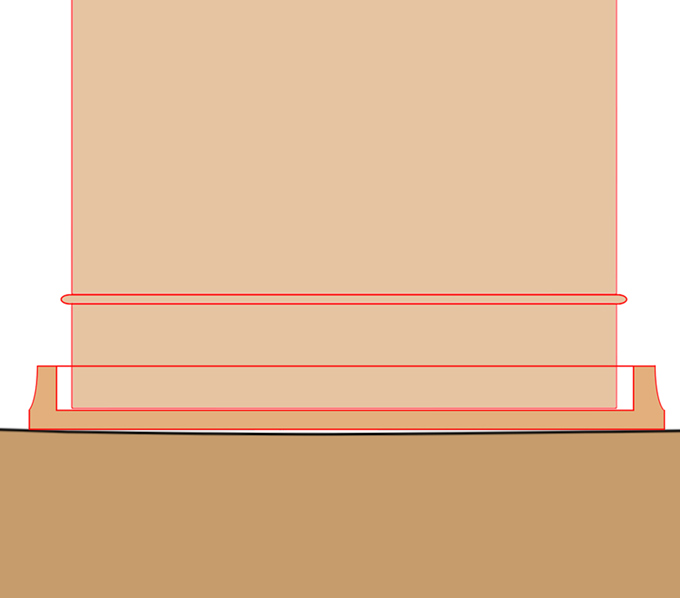
It is very likely that there will be imperfect adhesion between the ground and the saucer, creating an air gap that offers no resistance to the weight of the pot and plant. To solve this issue, it is necessary to insert a material between the ground and the saucer that adapts and fills the empty space without being washed away by rain (to be clear, sand is not a solution to the problem).
The simplest and most effective solution is to use cement or floor adhesive, like the one shown in the figure. Colored variants are also available on the market.

The empty space offers no resistance to the weight of the pot, increasing the risk of the terracotta saucer breaking. To prevent this issue, it is necessary to fill the air gap with a moldable and durable material, such as cement or tile adhesive.
Follow these simple steps to quickly install secure saucers capable of supporting the pot’s weight.
First, you need to decide whether the installation will be permanent or temporary. If it needs to be removable, it is recommended to place a thin nylon sheet between the saucer and the ground, allowing you to easily remove everything without leaving stains.
Prepare the cement mortar following the instructions on the package, and spread a layer with the right consistency: not too liquid, but not too solid, as it needs to form a thin substrate under the saucer. Then, place another sheet on top of the adhesive and position the saucer. Apply firm pressure and move it slightly to distribute the adhesive evenly, ensuring all gaps are filled.
IMPORTANT: The glue mortar must ooze out from all sides of the saucer. This is proof that every gap has been properly filled.
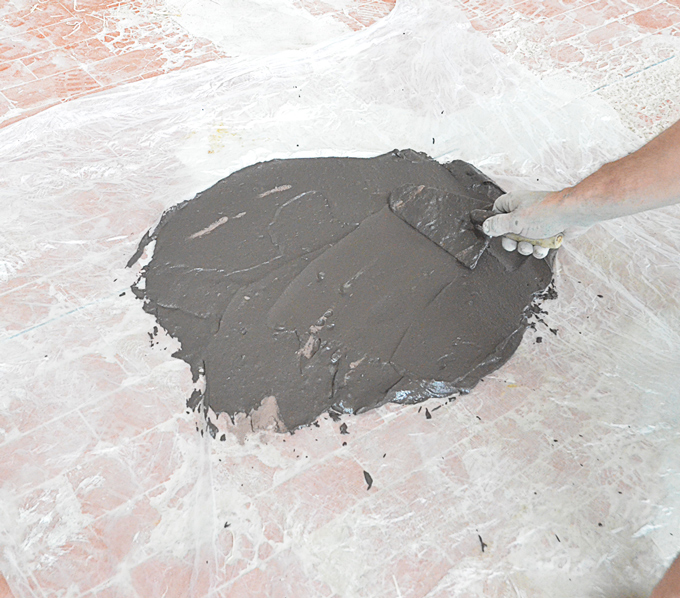

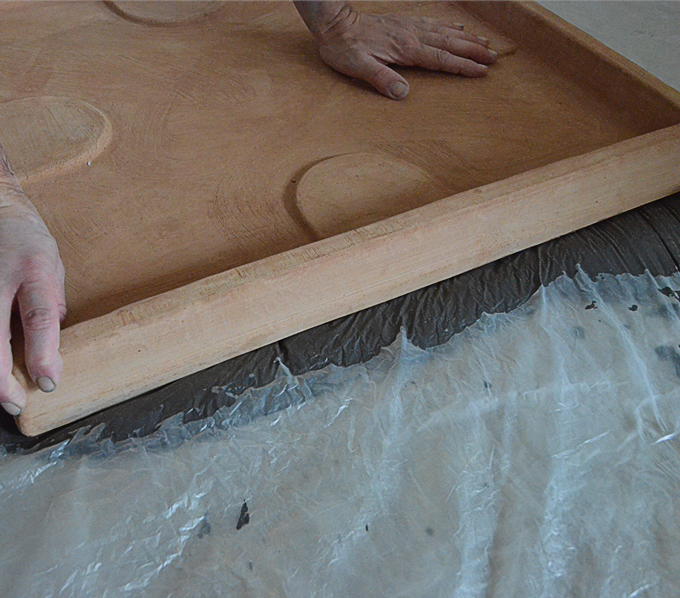
Saucers are essential for collecting excess water that drains through the holes, protecting the floor from stains. While a small, lightweight pot can be supported by terracotta, exceeding a certain weight with the pot, soil, plant, and water puts the saucer at risk of breaking under pressure. However, by following these steps, you can ensure the saucer has the strength to withstand even heavy loads.
Repeat the same procedure for each saucer you need to install, keeping in mind that the operation must be performed exactly at the spot where you decided to place the saucer.
In fact, the cement mortar occupies the space left in the ground at that precise point, and it is incorrect to move it even slightly. If it is necessary to move it, you will have to repeat the operation from the beginning.
Allow the cement to cure for about 24 hours, then use a blade or utility knife to remove the nylon and excess concrete. Upon completion, you should see a slight layer of mortar that perfectly fills every air gap.
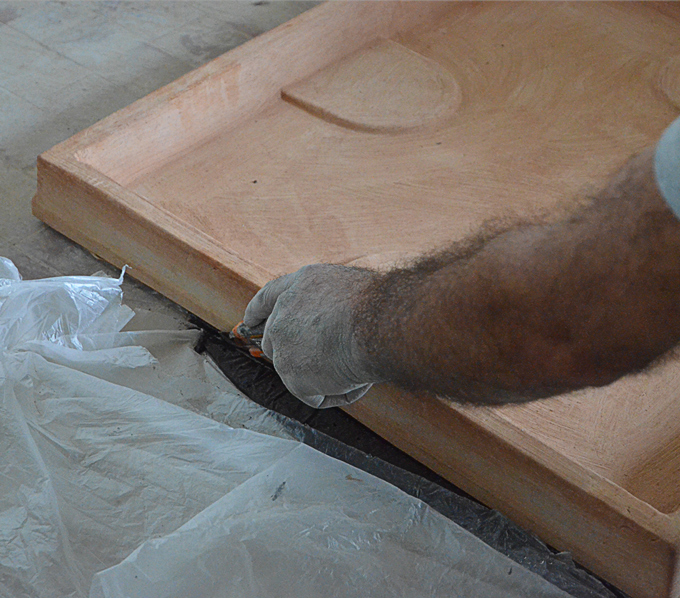
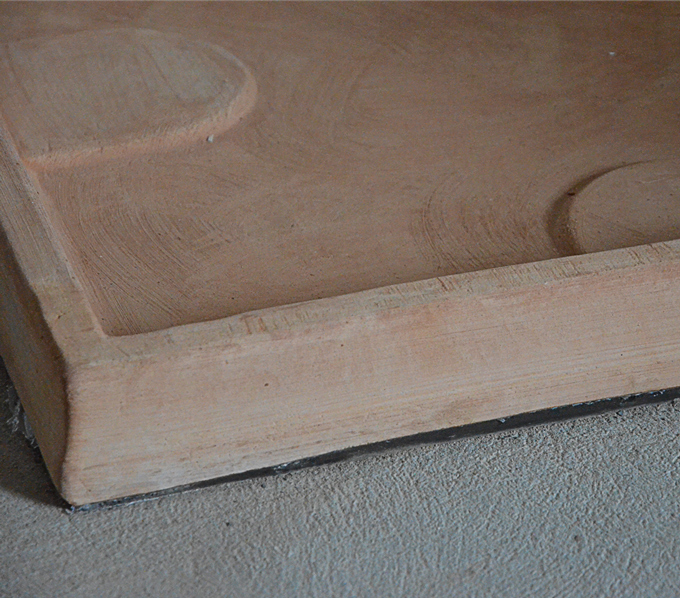
If all operations have been carried out correctly, the saucer will be able to support any weight, ensuring that it does not break over time.

